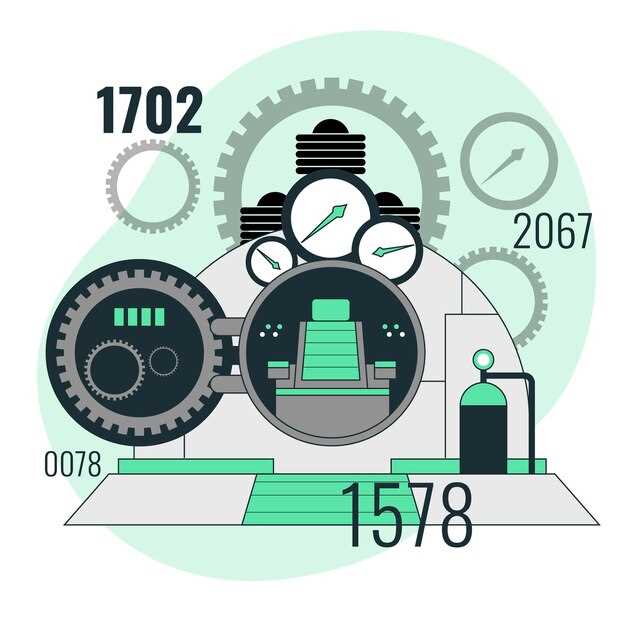
The timing chain is a crucial component of your vehicle’s engine, ensuring that the engine’s valves open and close at the correct times. A malfunctioning timing chain can lead to severe engine problems, potentially resulting in costly repairs. Recognizing the signs of a failing timing chain is vital for maintaining your vehicle’s health and performance.
One of the most common indicators that your timing chain may need replacement is irregular engine noises. For instance, if you hear a rattling or slapping sound coming from the engine, it could signify that the chain is loose or has worn out. Additionally, if you notice any issues with your engine’s timing, such as poor acceleration or misfiring, it’s essential to address these symptoms promptly.
Moreover, staying vigilant about warning lights on your dashboard can help in early detection of timing chain issues. If the check engine light appears, it might be linked to timing chain problems. Lastly, if your engine experiences excessive oil consumption or oil leaks, these could further signify the potential failure of your timing chain, warranting immediate attention.
Unusual Engine Noises Indicating Timing Chain Issues

An unusual engine noise can be one of the first indicators of a failing timing chain. When the timing chain begins to wear or malfunction, it may produce distinct sounds that require immediate attention. One common noise is a rattling or tapping sound, often described as a metallic clattering. This noise may be more noticeable during engine start-up or acceleration, suggesting that the timing chain tensioner is losing its ability to maintain proper tension.
If you hear a grinding noise, this could signal that the timing chain is making contact with other engine components, which is typically a severe issue. Such sounds indicate that the chain has either stretched or its guides have worn out, leading to misalignment. Additionally, a high-pitched whining sound may arise from the timing chain if it is not properly lubricated, creating friction between the chain and its components.
These noises might also become more pronounced at certain RPMs, indicating specific operational issues related to the timing chain’s performance. Ignoring these signs can lead to more significant engine damage, including complete engine failure. Therefore, if you notice any of these unusual sounds, it is crucial to have your vehicle inspected by a professional mechanic as soon as possible to assess the timing chain’s condition.
Symptoms of Engine Performance Degradation Related to Timing Chain Wear

Timing chain wear can significantly impact engine performance, leading to various noticeable symptoms. One of the primary signs is engine misfiring. This occurs when the timing chain stretches or becomes loose, causing the engine’s valvetrain to fall out of sync. As a result, cylinders may ignite fuel at incorrect times, leading to rough idling or hesitation during acceleration.
Another symptom is a decrease in power or acceleration. A worn timing chain can disrupt the precise timing required for optimal power delivery, making the vehicle feel sluggish during driving. This lack of power often becomes apparent during rapid acceleration or when climbing steep hills.
Abnormal noises from the engine, such as rattling or grinding sounds, can also indicate timing chain issues. These noises may arise due to excessive slack in the chain, which can lead to a collision between the chain and nearby engine components, further exacerbating engine damage.
Additionally, an increase in fuel consumption may occur. A malfunctioning timing chain can result in inefficiencies in the combustion process, causing the engine to work harder and consume more fuel to maintain speed. If drivers notice a drop in fuel efficiency without any other explanations, it may be worthwhile to inspect the timing chain.
Lastly, warning lights may illuminate on the dashboard. Engine management systems are designed to detect timing issues and will trigger warning lights if they sense anomalies in engine performance. A check engine light, in conjunction with other symptoms, should prompt an immediate evaluation of the timing chain and related components.
Visual Inspection Indicators for Timing Chain Replacement
Conducting a visual inspection of your vehicle’s timing chain is crucial for identifying potential issues before they escalate. Look for noticeable signs that may indicate the need for replacement.
One of the primary indicators is the presence of wear on the timing chain itself. Check for any signs of elongation, which can manifest as a loose or sagging chain. A chain that appears stretched may not maintain proper tension, leading to timing inaccuracies.
Another important factor to consider is the condition of the timing chain guides and tensioners. Inspect these components for cracks, fraying, or excessive wear. If any of these parts exhibit signs of damage, it is an indication that the timing chain may also be compromised and should be replaced.
Examine the sprockets as well. Worn or chipped teeth on the sprockets can signal the need for immediate attention. These imperfections can hinder the chain’s performance and lead to serious engine issues if not addressed.
Additionally, check for any metal shavings or debris in the engine oil. The presence of these particles can indicate excessive wear on the timing chain or related components, suggesting that a replacement is necessary to avoid further engine damage.
Lastly, listen for unusual noises while the engine is running, such as a rattling or grinding sound, that may indicate a loose or damaged timing chain. If such noises are observed during inspection, it’s essential to consider a timing chain replacement to prevent catastrophic engine failure.


